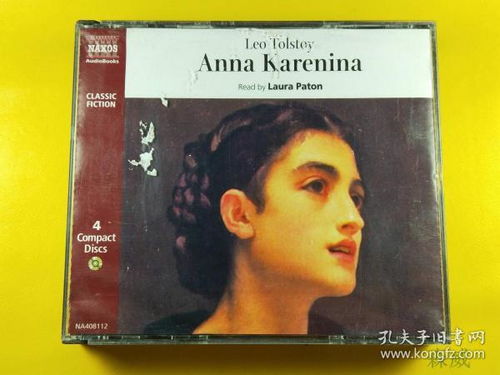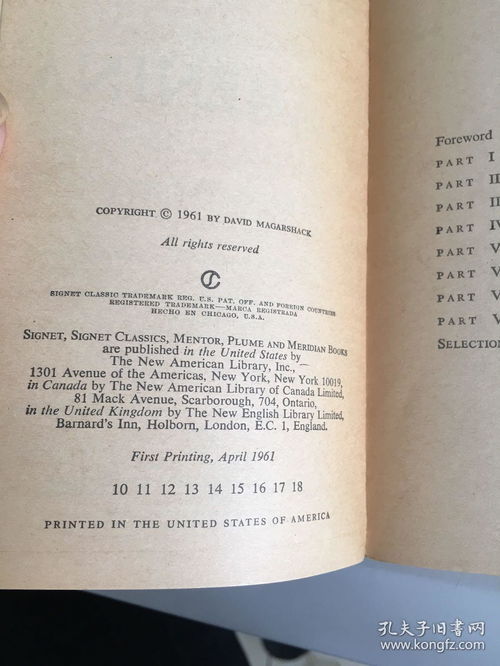
Leo Tolstoy: A Multidimensional Portrait
Leo Tolstoy, a name that resonates with the very essence of Russian literature, was not just a writer but a philosopher, a moralist, and a social critic. Born on September 9, 1828, in Yasnaya Polyana, Russia, his life and works have left an indelible mark on the world. Let’s delve into the various facets of this remarkable individual.
Early Life and Education

Leo was the fourth son of Count Nikolai Tolstoy, a Russian nobleman. His childhood was spent in the vast estate of Yasnaya Polyana, where he developed a deep connection with the land and its people. Educated at home, he was initially trained for a military career but later pursued studies in law and philosophy.
| Year | Event |
|---|---|
| 1844 | Enrolled in the University of Kazan |
| 1847 | Left the university due to poor health |
| 1851 | Enlisted in the Caucasus Cossack Army |
| 1854 | Participated in the Crimean War |
During his military service, Tolstoy experienced the harsh realities of war and its impact on the human soul. These experiences would later find their way into his novels, particularly “War and Peace” and “Sevastopol Stories.” His time in the army also exposed him to the lives of the common soldiers, which would shape his views on social justice and the plight of the poor.
Writing Career

Tolstoy’s writing career began with his first novel, “Childhood,” published in 1852. Over the years, he produced a vast body of work, including “War and Peace,” “Anna Karenina,” and “The Death of Ivan Ilyich.” His novels are renowned for their depth, complexity, and profound exploration of human nature.
“War and Peace,” published in 1869, is considered one of the greatest works of literature ever written. The novel follows the lives of five aristocratic families during the Napoleonic era, offering a panoramic view of Russian society. It is a masterpiece of historical fiction, blending vivid characters, intricate plots, and profound insights into the human condition.
In “Anna Karenina,” published in 1877, Tolstoy delves into the complexities of love, marriage, and social norms. The novel tells the story of Anna Karenina, a married woman who falls in love with Count Alexei Vronsky, leading to a series of tragic events. The novel is a powerful critique of the Russian aristocracy and its values.
Philosophical and Religious Views

As Tolstoy’s writing career progressed, he became increasingly interested in philosophy and religion. He was deeply influenced by the teachings of Jesus Christ and sought to live a life of simplicity and humility. His later works reflect his growing disillusionment with the Russian Orthodox Church and his belief in the moral and spiritual awakening of humanity.
In his later years, Tolstoy became an advocate for non-violence and pacifism. He believed that the root of all evil was violence and that humanity must find a way to live in peace. His views on religion and morality were expressed in his essay “The Kingdom of God Is Within You,” which has inspired countless readers and thinkers.
Legacy
Leo Tolstoy’s legacy is immense. His novels have been translated into numerous languages and continue to be read and studied around the world. His philosophical and religious views have influenced countless individuals, and his commitment to social justice and peace remains a source of inspiration.
Today, Tolstoy is remembered not only as a great writer but also as a visionary thinker who sought to improve the world. His life and works continue to challenge and inspire us, reminding us of the power of literature to transform lives and societies.






